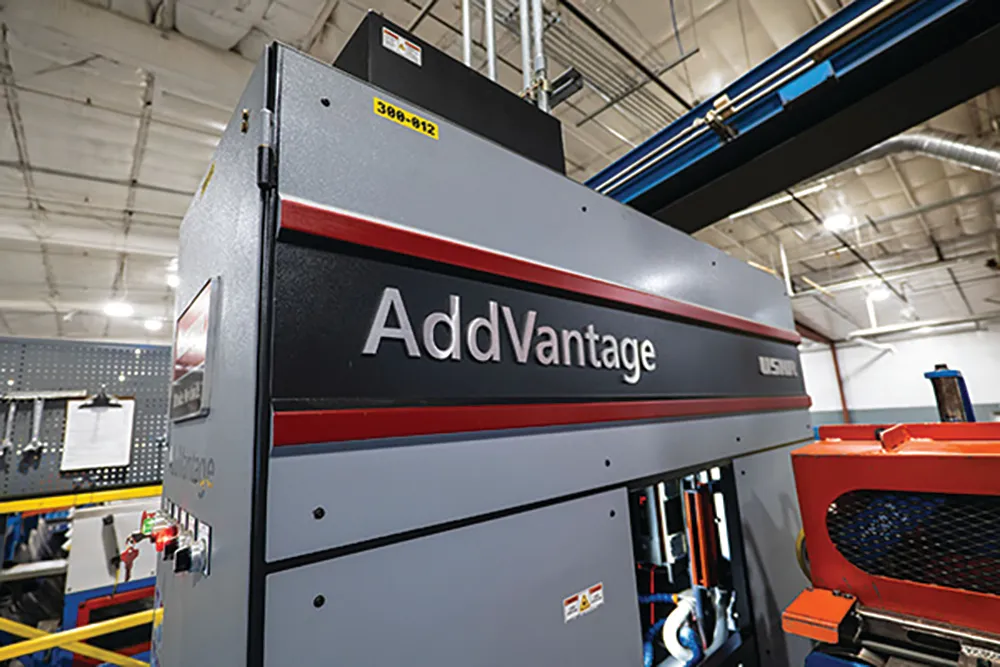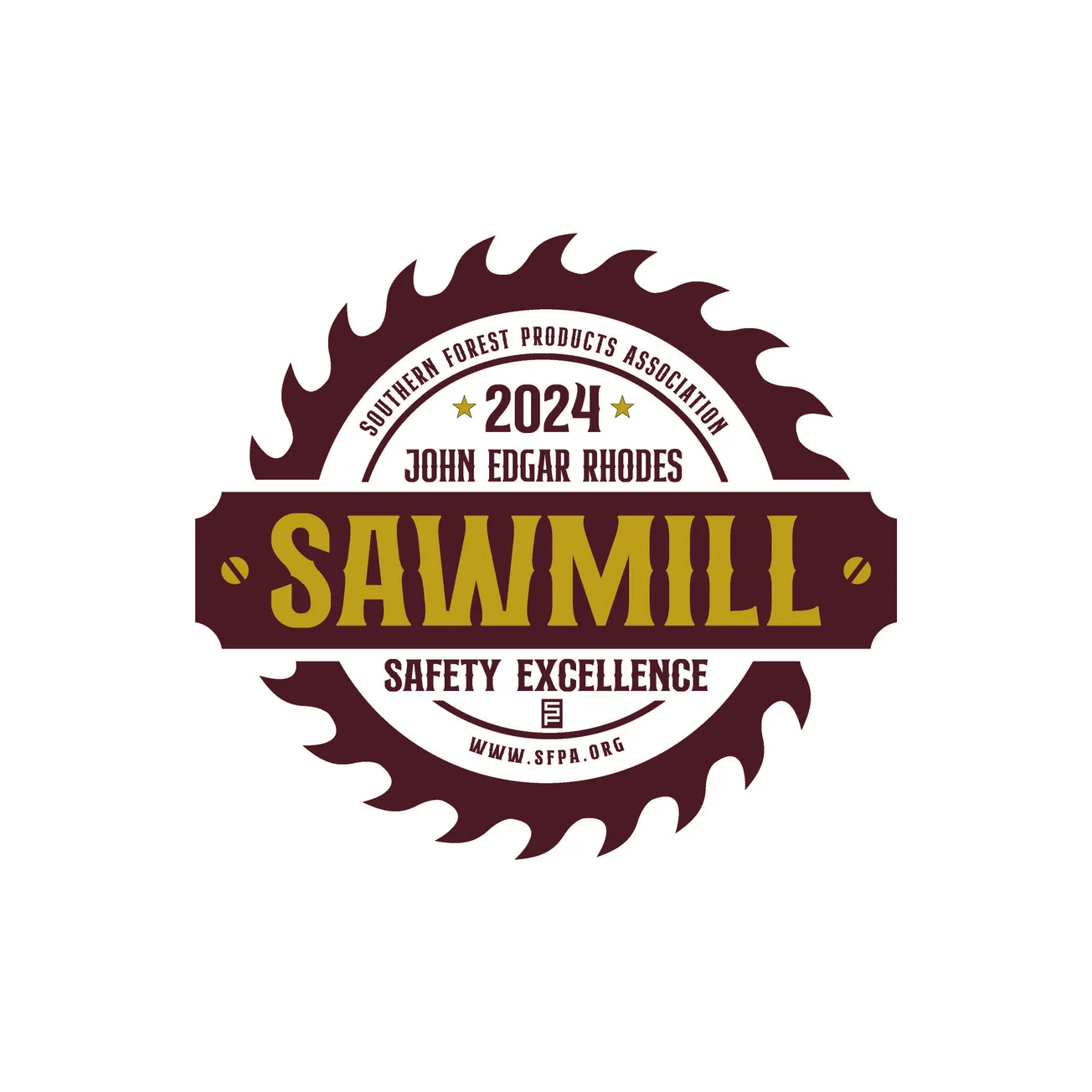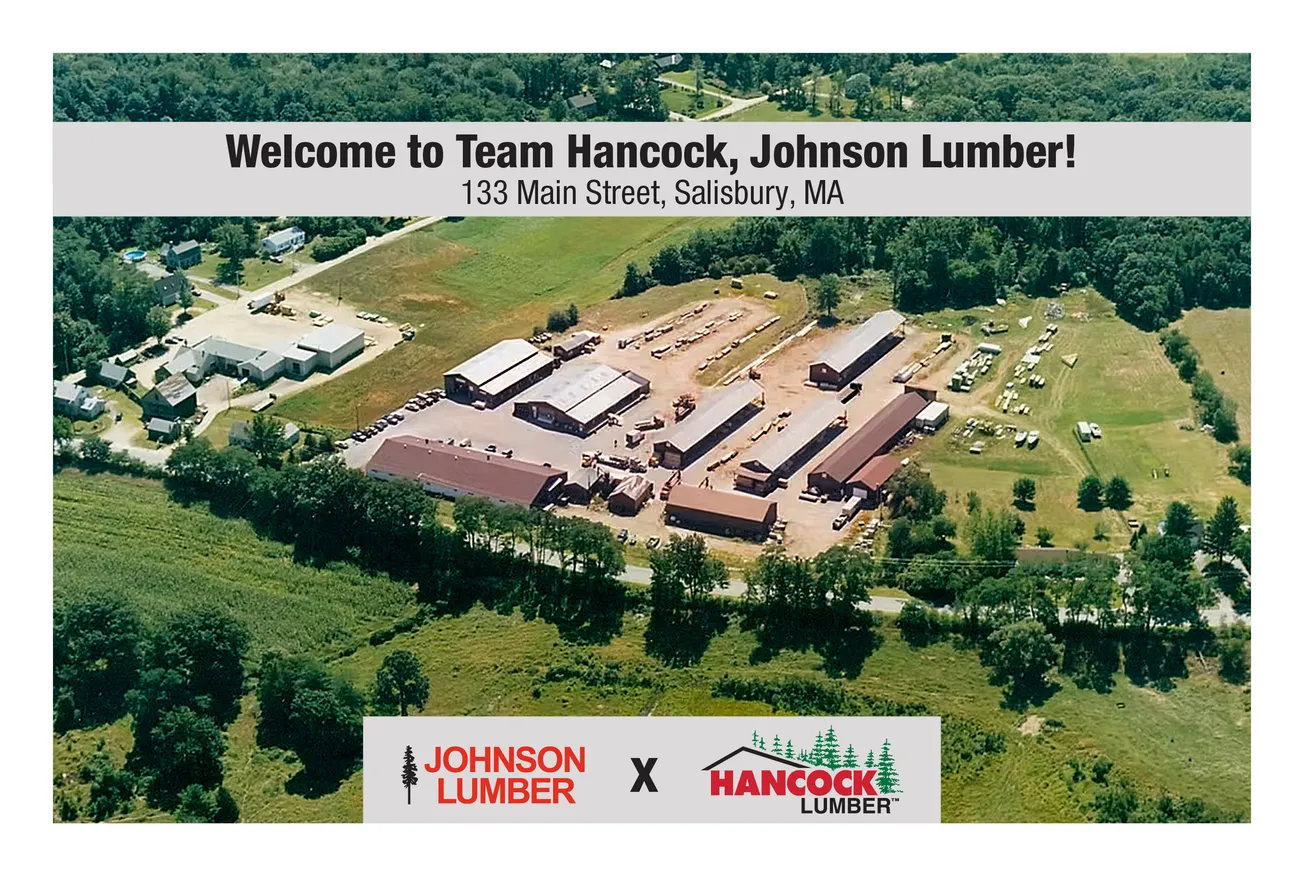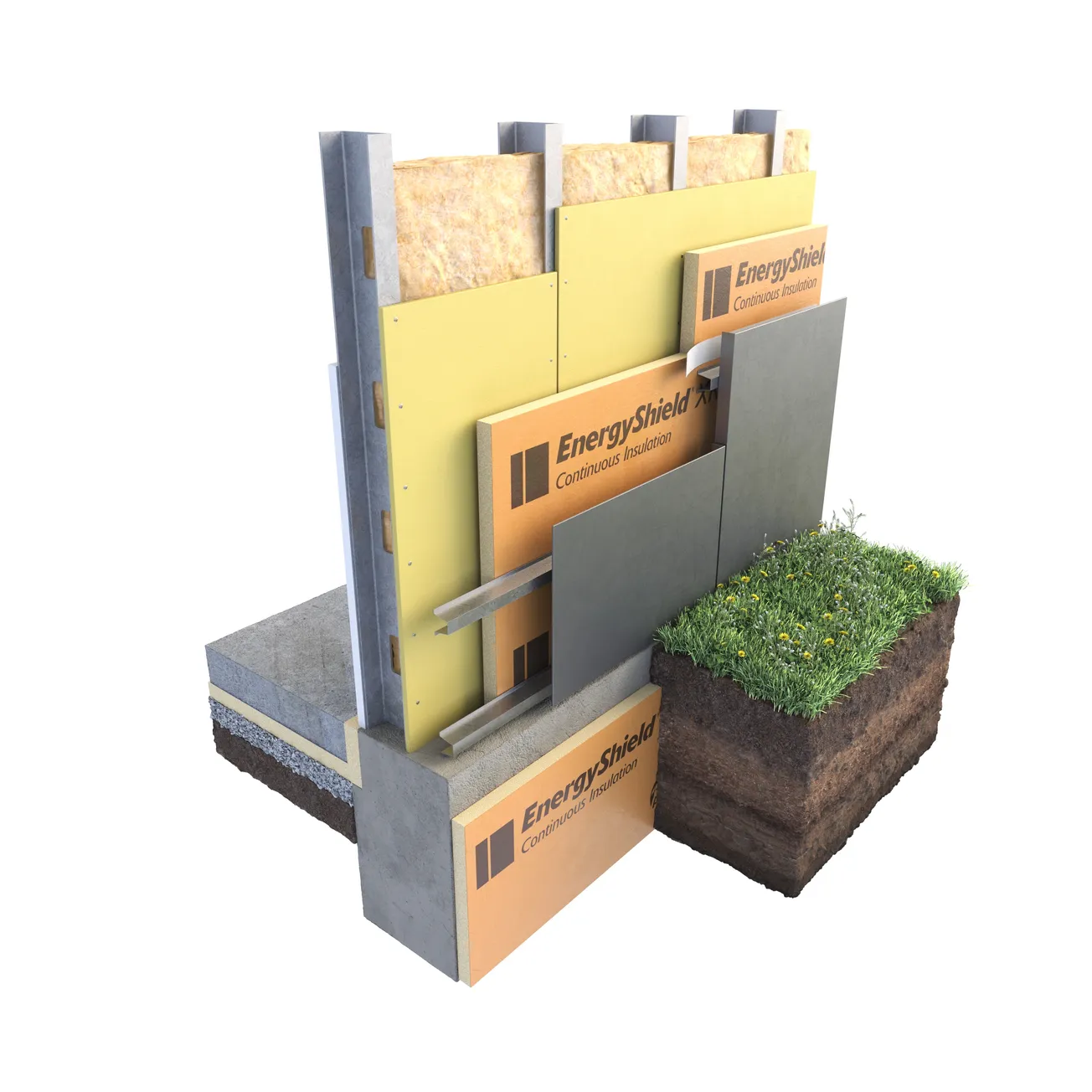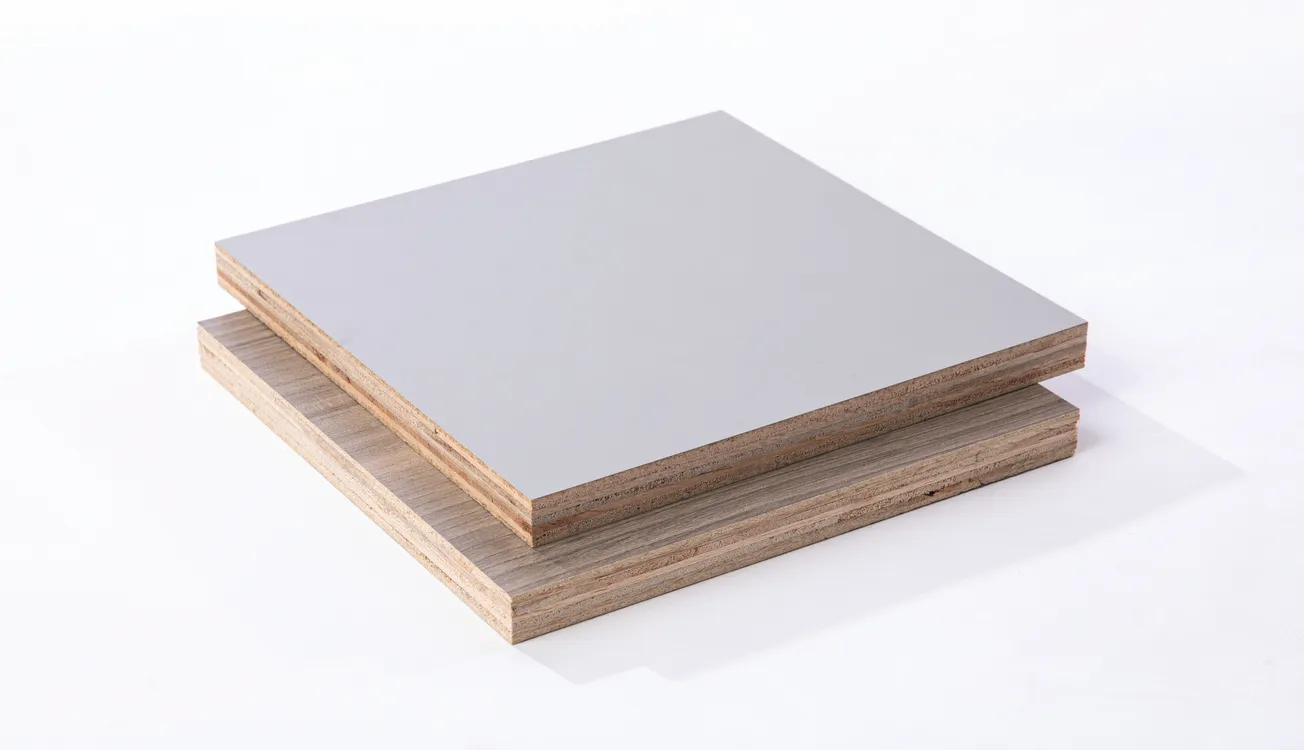Table of Contents
An outdated scanning system can be severely detrimental to any facility. From slow processing time to misallocated manpower to excess waste, it can be the weak link that costs a mill thousands of dollars every year.
This is exactly what led Bright Wood, Madras, Or., to search for alternative scanner options leading them to the AddVantage scanner from USNR.
The AddVantage uses AI defecting technology that provides industry-leading detection and classification of defects.
But finding the AddVantage was just the beginning. Upgrading and refining their process has now led Bright Wood to new ventures and better product.
AddVantage features
The key to the AddVantage scanner’s success is deep learning artificial intelligence technology. As more lumber passes through the system, the AddVantage scanner hones its ability to spot high-quality wood and identify defects more precisely. It can even identify defects within defects.
This allows the system to better understand when defects can be sawed off to enhance the quality of the original board, and when a board needs to be outright rejected, minimizing waste of product and money.
AddVantage Chop Saw OptimizerAddVantage Chop Saw Optimizer
How it all began
As is the case for many growing businesses, Bright Wood found themselves in a bit of a pickle. Their team was ready to expand, but their equipment was not. Outdated machines made it impossible to scan their product at the rates required to reach the goals they wanted to set. At the forefront of this issue was their scanning systems.
“Before, we had another scanner in place [from a different company],” says Scanner Technician Stephanie Garcia. “It was very slow, outdated…Production through the plant wasn’t the best. It wasn’t awful, but it wasn’t as optimal as it could be.”
And so, the team went looking for a new scanner, one that could keep up with demand. One that had AI learning capabilities. Which is how they came upon the AddVantage.
The importance of support
While the AddVantage checked all the boxes, Bright Wood’s Director of Optimization Keenan Stovall says the real clincher was the care and dedication the USNR team displayed in helping Bright Wood every step of the way. From providing round-the-clock support to following up on important software adjustments needed for the Bright Wood facilities to offering hands-on training for operators, Stovall says it was the USNR promise of quality customer service that led his team to choose the AddVantage.
“[The USNR employees] want to work with us. We talk every week…We didn’t want to feel like we were on an island. We didn’t want to feel like we couldn’t have engagement and improvement…Chad and the team have been a great resource.”
AddVantage uses four-sided multi-spectral vision, infrared, laser, and geometric profiles to identify and classify a wide range of characteristicsAddVantage uses four-sided multi-spectral vision, infrared, laser, and geometric profiles to identify and classify a wide range of characteristics
It’s all in the details
Installation began in one of Bright Wood’s larger facilities in Madras. From the very start, precision was a must.
Bright Wood largely processes a variety of wood for window and door parts, as well as fingerjoint pieces, so sending off perfect boards is an essential part of the business. And their scanner can’t get in the way.
“We were at a point where we knew we needed to do more scanning and optimizing,” Stovall said. “That’s what we do, we break down wood and we wanted to be really good at…We did feel like we had maxed out our current scanners and we couldn’t really get any more out of them the way that they were and we thought that artificial intelligence was a way to take a step beyond what we were currently.”
As the first AddVantage scanners went in, Garcia and her team kept in regular contact with USNR representatives and engineers to make adjustments and create a scanning system that was optimized for their work, including catching some of their more common defects like grain distortion, blue stains, and heart defects.
While these adjustments were in the works, additional USNR staff worked closely with the team at Bright Wood to properly train operators on how to use the machine. Between onsite training, weekly phone calls, and hands-on adjustments, the Bright Wood team soon had a better scanner and a team of proficient operators.
Better results
And the benefits were near instantaneous. By USNR’s second and third visits to the facility to make adjustments, Bright Wood was already seeing significant gains. Even during test runs, the new AddVantage scanners were breaking Bright Wood processing records. And, according to Stovall, the system was substantially better at spotting fixable issues, rather than outright rejecting a flawed board.
“One of the things that was happening in our old system is we would have a board that would have a solution error or no solution, it would go all the way to the saw, it would stop, and then the saw operator would have to stop production, pull that piece out, drop it off somewhere, and it would have to be cut manually. This new system just doesn’t have that problem.”
Workers can use their time more productively. No need to spend hours sifting through “rejected” boards or waste thousands on product that could have been saved. And when the team isn’t bogged down by numerous shortcomings from their equipment, the potential for growth significantly increases.
Bright Wood staff can now expect faster and more accurate scanning capabilitiesBright Wood staff can now expect faster and more accurate scanning capabilities
Moving forward
With new technology comes new opportunity. Bright Wood has expanded their product offering into dimensional products, running 22 million board feet through the seventh scan line in their Culver facility alone.
Their next goals include expanding in hardwood and poplar species, as well as fully realizing the scope of what deep learning AI technology has to offer. “There’s more to be tapped into,” says Stovall, “and we look forward to exploring the technology’s full potential.”

